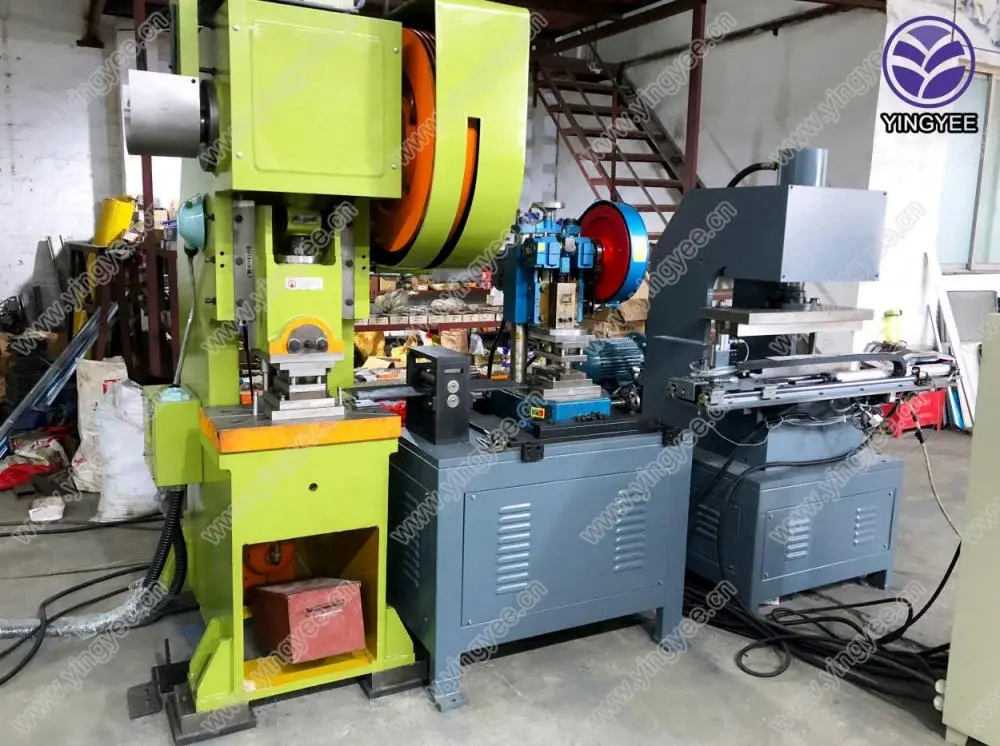
Understanding Tube Mill Equipment A Comprehensive Overview
Tube mill equipment plays a pivotal role in the manufacturing and processing of various types of tubular products used across numerous industries. From automotive and construction to energy and infrastructure, the demand for high-quality tubes remains consistent. This article delves into the functionality, components, and advancements in tube mill technology, providing a thorough understanding of its significance.
What is a Tube Mill?
A tube mill is a form of manufacturing equipment designed to produce metal tubes and pipes through a series of processes. Tubes can be made from various materials such as carbon steel, stainless steel, and alloy materials, each serving specific applications. The primary goal of a tube mill is to transform flat metal strips into cylindrical tubes by means of rolling, welding, and cutting processes.
Key Components of Tube Mill Equipment
1. Entry Section The entry section is designed to guide the flat metal strips into the tube mill. This area includes features such as a coil holder and a decoiler that ensures a smooth feed of the material into the rolling line.
2. Forming Section This section is where the flat strips are gradually shaped into a cylindrical form. Rollers and forming stands are strategically arranged to apply pressure and facilitate the bending of the material into the desired tube shape.
3. Welding Section One of the most critical parts of the tube mill is the welding section. Depending on the type of tube being produced, this area utilizes high-frequency induction welding or TIG/MIG welding methods to join the edges of the strip. The goal is to create a strong and consistent weld seam that can withstand the pressures and stresses experienced during use.

4. Sizing Section After the welding process, the tube enters the sizing section. Here, the tube is passed through sizing rolls that adjust its diameter and roundness to meet specific tolerance levels. This step is crucial for ensuring the integrity and functionality of the final product.
5. Cut-off Section Finally, the completed tubes are cut to the required lengths. The cut-off section is equipped with shear blades that precisely cut the tubes while maintaining their shape and integrity.
Advancements in Tube Mill Technology
Recent advancements in tube mill technology have significantly enhanced manufacturing efficiencies and product quality. Automation and digitalization have emerged as key trends, enabling real-time monitoring and control of the entire production process. With the integration of computer numerical control (CNC) systems, manufacturers can achieve higher precision in tube dimensions and optimize production speeds.
Additionally, the development of advanced materials has allowed for the creation of tubes with exceptional strength-to-weight ratios. This is particularly important in industries such as aerospace and automotive, where performance and fuel efficiency are paramount.
Moreover, sustainability has become a prominent focus in tube manufacturing. Many manufacturers are adopting eco-friendly practices, such as utilizing recycled materials and reducing waste through lean manufacturing techniques.
Conclusion
In conclusion, tube mill equipment is essential for producing a wide array of tubular products that serve critical functions across diverse industries. As technology continues to evolve, the capabilities of tube mills will further improve, leading to enhanced efficiency, product quality, and sustainability. Understanding the intricacies of tube mill equipment not only helps manufacturers optimize their operations but also fosters innovation in product development, ultimately meeting the ever-growing demands of the global market.